Column I contains the path traced by light rays abnd the positions of object and image, with a reflecting spherical mirror. Choose the possible for type of mirror and the nature of image rom column II to each case in column -I
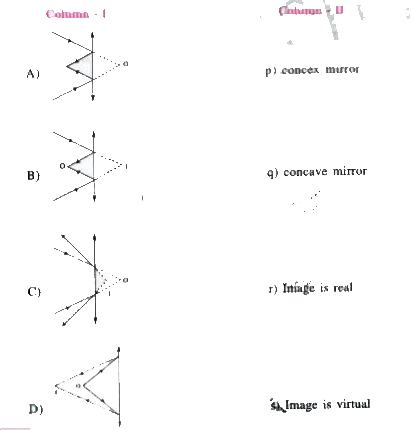
The correct Answer is:A, B, C, D
Step by step video & image solution for Column I contains the path traced by light rays abnd the positions of object and image, with a reflecting spherical mirror. Choose the possible for type of mirror and the nature of image rom column II to each case in column -I by Physics experts to help you in doubts & scoring excellent marks in Class 12 exams.
Topper's Solved these Questions
- BOOK - AAKASH SERIESCHAPTER - GEOMETRICAL OPTICSEXERCISE - PRACTICE SHEET (EXERICSE-II (LEVEL-II (ADVANCED) INTEGER TYPE QUESTIONS))5videos
GEOMETRICAL OPTICS
- BOOK - AAKASH SERIESCHAPTER - GEOMETRICAL OPTICSEXERCISE - PRACTICE SHEET (EXERICSE-III (LEVEL-I (MAIN) )6videos
GEOMETRICAL OPTICS
- BOOK - AAKASH SERIESCHAPTER - GEOMETRICAL OPTICSEXERCISE - PRACTICE SHEET (EXERICSE-II (LEVEL-II (ADVANCED) LINKED COMPREHENSION TYPE QUESTIONS))6videos
GEOMETRICAL OPTICS
- BOOK - AAKASH SERIESCHAPTER - ELEMENTS OF VECTORSEXERCISE - QUESTIONS FOR DESCRIPTIVE ANSWERS10videos
ELEMENTS OF VECTORS
- BOOK - AAKASH SERIESCHAPTER - LAWS OF MOTIONEXERCISE - PRACTICE EXERCISE106videos
LAWS OF MOTION
Similar Questions
In case of a convex mirror, if object is moved away from the mirror, how do the position, size and nature of image change?
View SolutionColumn I contains rational algebraic expressions and Column II contains possible integers which lie in their ragne. Match the entries of Column I with one or more entries of the elements of Column II.
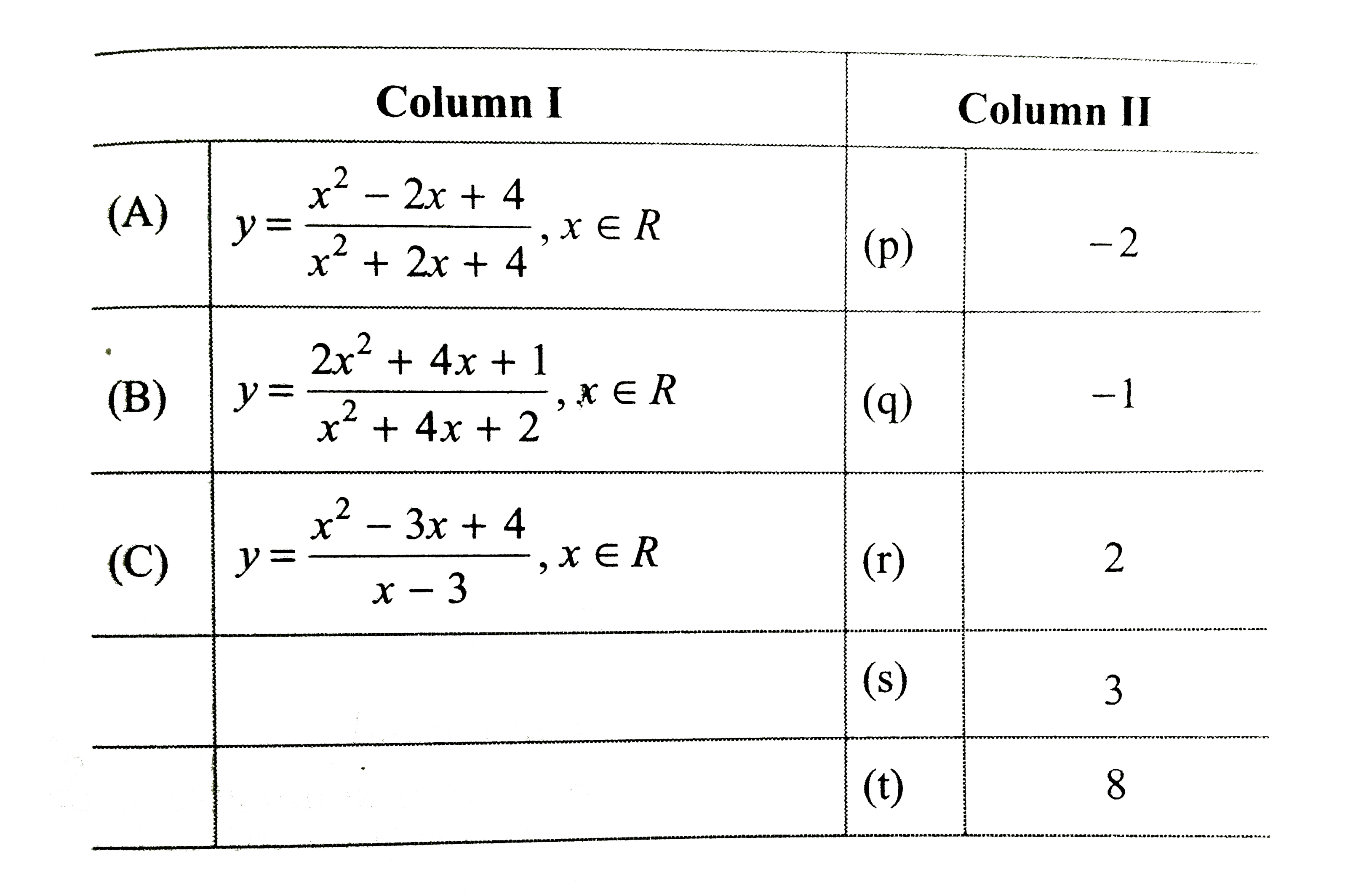 View Solution
View SolutionMatch the object natures in column I with the natures of their images formed by a plane mirror in column II.
 View Solution
View SolutionPlane mirrors are arranged parallel to each other as shown in column-I and the number of images formed by the combination is in column- II
_E01_090_S01.png) View Solution
View SolutionMatch the reactions in column I with nature of the reaction/type of the products in column II.

 View Solution
View SolutionMatch the reactions in Column I with nature of the reactions / type of the products in Column II.
 View Solution
View SolutionMatch the reactions in Column I with nature of the reactions / type of the products in Column II.
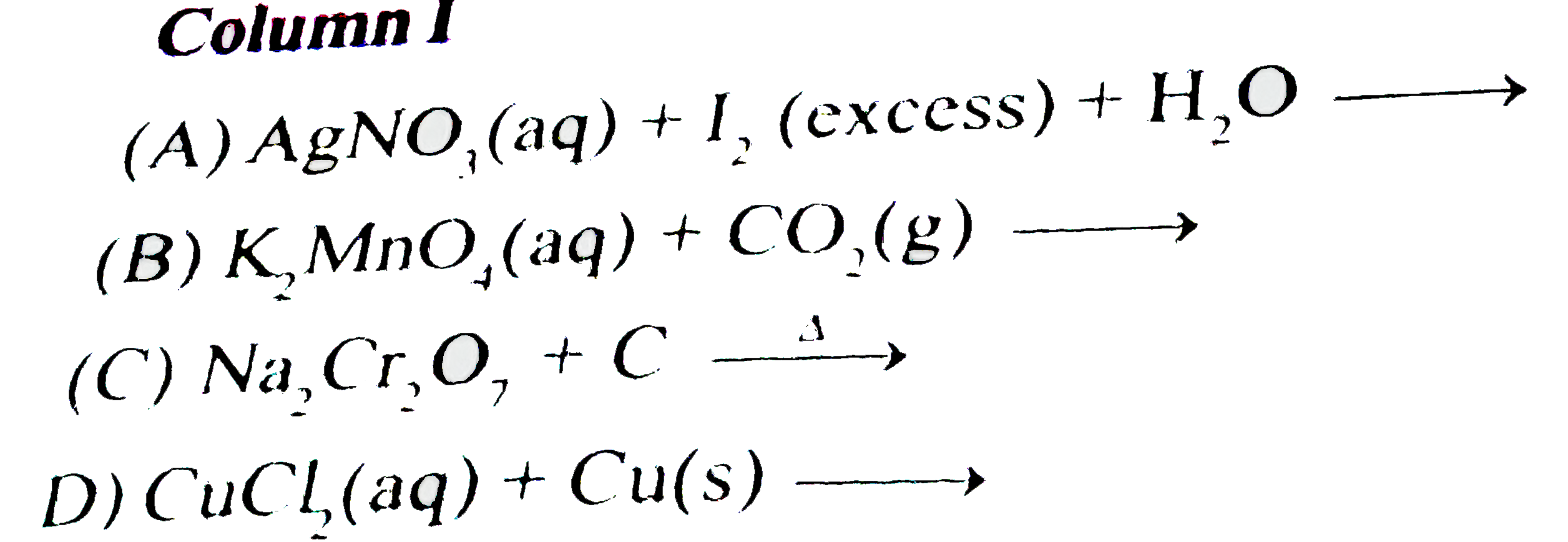
 View Solution
View SolutionMatch the reactions in Column I with nature of the reactions / type of the products in Column II.
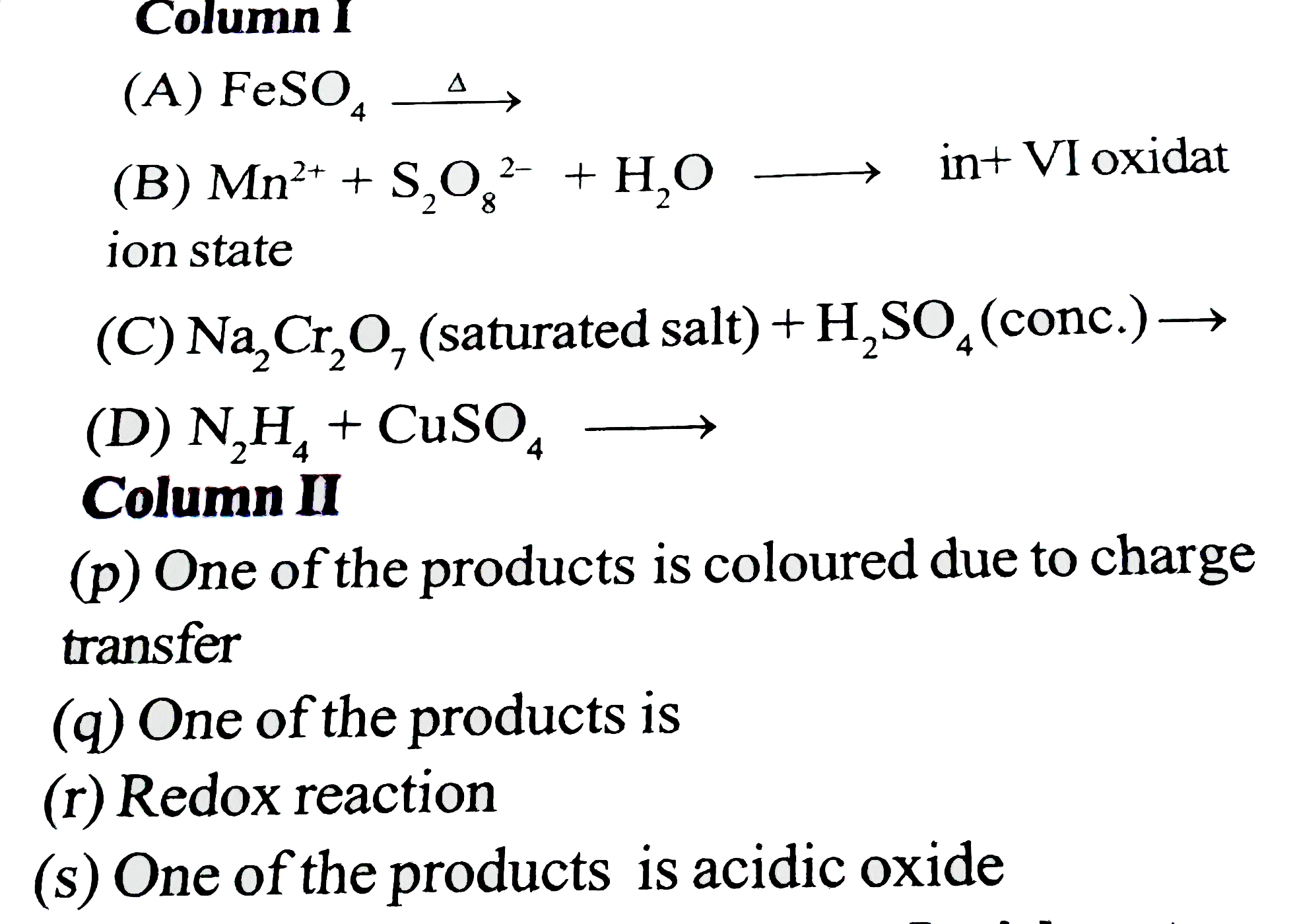 View Solution
View SolutionThe positions of the object O (real or virtual) and the image I(real or virtual) with respect to the optical axis of a spherical mirror is shown. Then select the possible mirror and its position to realise it.
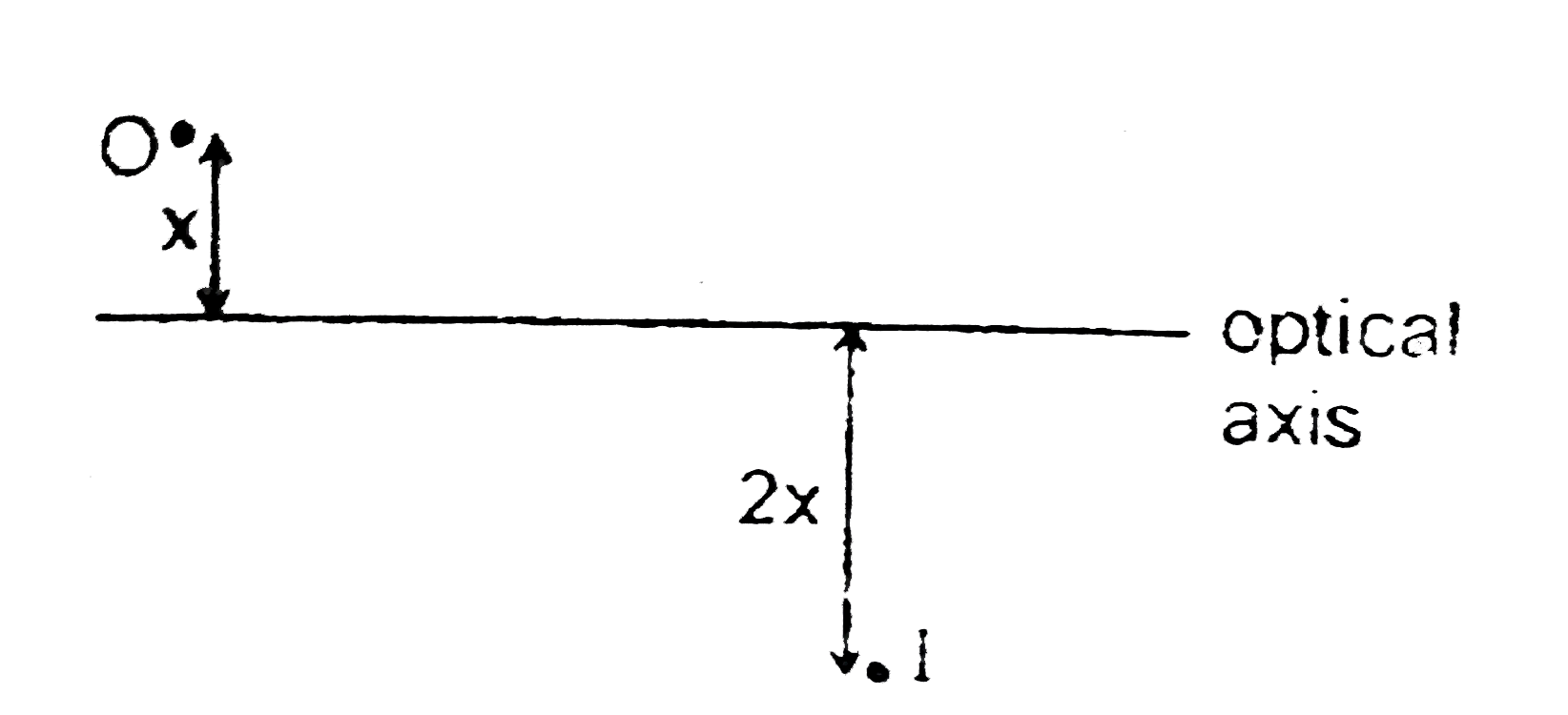 .View Solution
.View SolutionTo construct a ray diagram we use two rays of light which are so chosen that it is easy to determine their directions after reflection from the mirror. Choose these two ras and state the path of these rays after reflection from a concave mirror . Use these two rays to find the nature and position of the image of an object plced at a distance of 15 cm from a concave mirror of focal length 10 cm.
View Solution

